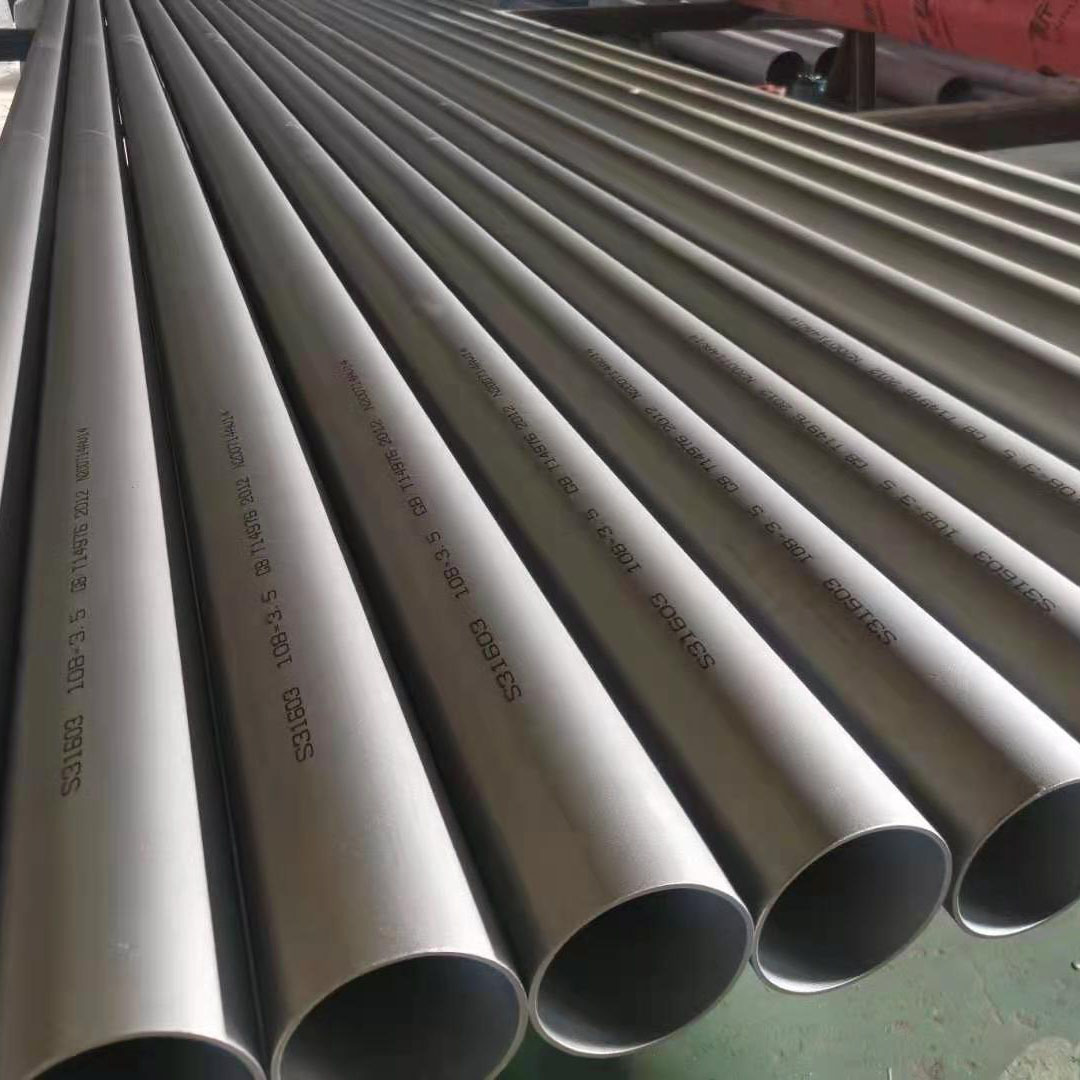close
Choose Your Site
Global
Social Media
Understanding the difference between ERW tube and seamless tube is critical for engineers, procurement specialists, and manufacturers in industries such as oil and gas, construction, automotive, and pressure equipment manufacturing. Though both types of steel tubes serve structural and mechanical purposes, their manufacturing processes, material properties, performance characteristics, and costs diverge significantly. This article provides an in-depth analysis of the seamless tube, compares it with ERW (Electric Resistance Welded) tube, and answers common questions professionals frequently ask when choosing between them.
A seamless tube is a type of steel pipe manufactured without any welded seams. It is produced by piercing a solid billet of steel to create a hollow cylinder, which is then elongated using hot or cold rolling techniques. Because there are no joints or seams, seamless tubes exhibit superior uniformity and strength along the entire length of the pipe. This makes them particularly suitable for high-pressure, high-temperature applications.
Seamless tubes offer several advantages that make them ideal for critical applications:
No Weak Points: The absence of welds eliminates the risk of seam failure under pressure.
Superior Strength and Durability: Their homogeneous structure enhances tensile strength and impact resistance.
Consistent Wall Thickness: Manufacturing precision allows for tighter tolerances, especially in high-grade applications.
Enhanced Corrosion Resistance: With no welding lines that may harbor corrosion, seamless tubes often perform better in aggressive environments.
From aerospace to boiler manufacturing, seamless tubes are selected for their mechanical reliability and ability to handle stress without failure. In industries where human safety is paramount, this quality is non-negotiable.
An ERW (Electric Resistance Welded) tube is made by cold-forming a flat steel strip into a cylindrical shape and then passing an electrical current through the edges to heat and fuse them together. This results in a welded seam that runs longitudinally along the tube. ERW tubes are widely used in fencing, scaffolding, furniture, and low-pressure transportation systems.
Although ERW tubes have a welded seam, they are not inherently weak. Technological advancements have improved the welding process to such an extent that the seam is often stronger than the surrounding material. Benefits include:
Lower Cost: ERW tubes are less expensive to produce due to the streamlined manufacturing process.
Faster Production: The ERW method allows for high-speed, continuous production.
Wide Availability: Since they're easier and cheaper to produce, ERW tubes are available in a broader range of sizes and grades.
Good Surface Finish: The cold-forming process ensures a smooth surface suitable for decorative and structural use.
Despite their strengths, ERW tubes are not recommended for high-pressure or high-temperature applications because the weld seam can become a point of failure under extreme conditions.

The following table summarizes the key differences between seamless tube and ERW tube, helping decision-makers choose the right type based on application-specific requirements:
| Feature | Seamless Tube | ERW Tube |
|---|---|---|
| Manufacturing Process | Extruded from a solid billet | Formed from steel strip and welded |
| Weld Seam | None | Present (longitudinal weld seam) |
| Pressure Resistance | High | Moderate |
| Dimensional Accuracy | Higher | Good, but can vary at the seam |
| Strength and Integrity | Excellent (uniform structure) | Good (but seam can be weaker) |
| Cost | Higher | Lower |
| Corrosion Resistance | Better (no seam = fewer weak spots) | Potential seam-related weaknesses |
| Application Suitability | High-pressure, critical applications | Structural, low-pressure systems |
This clear side-by-side comparison allows engineers to evaluate tubes not just on material but on long-term reliability, total cost of ownership, and compliance with safety codes and standards.
Seamless tubes are favored in environments where failure is not an option. Typical applications include:
Oil & Gas Exploration: For pressure vessels, downhole tubing, and casing.
Boiler and Heat Exchangers: Where high temperatures and pressures are common.
Aircraft Hydraulic Systems: High strength and flawless structure are essential.
Nuclear Reactors: Zero defect tolerance mandates seamless tubing.
ERW tubes are suitable where cost efficiency is more important than extreme performance:
Construction Frameworks: Fencing, scaffolding, support structures.
Furniture: Lightweight, aesthetically pleasing, and affordable.
Automotive Parts: Used in chassis components that experience less stress.
Water and Gas Pipelines: For low to medium pressure applications.
By understanding the environmental conditions and performance requirements, one can easily decide whether a seamless or ERW tube is more appropriate.

Answer: Not necessarily. While seamless tubes are superior in strength and pressure resistance, ERW tubes can be more than adequate for non-critical, low-pressure applications. The choice depends on your specific project requirements, including performance, cost, and regulatory compliance.
Answer: Generally, no. While modern ERW tubes can withstand moderate pressure, they are not recommended for high-pressure environments due to the risk associated with the welded seam.
Answer: Seamless tubes require a more complex and labor-intensive manufacturing process, including extrusion and precision rolling. Additionally, tighter tolerances and higher-grade materials contribute to their cost.
Answer: Seamless tubes have a uniform surface with no visible seams or weld lines. Ultrasonic or X-ray inspection can also verify the absence of welds. Certifications and mill test reports typically indicate whether a tube is seamless.
Answer: Seamless tubes are generally better for corrosion resistance due to the lack of a welded seam where corrosion can initiate.
In conclusion, both ERW and seamless tubes have their place in the industrial world. The choice between them should be dictated by the specific application, required mechanical properties, cost constraints, and safety considerations. If your project involves high pressure, high temperature, or critical performance, the seamless tube is your go-to option. However, for general structural use where budget matters more, ERW tube delivers adequate performance at a lower cost.